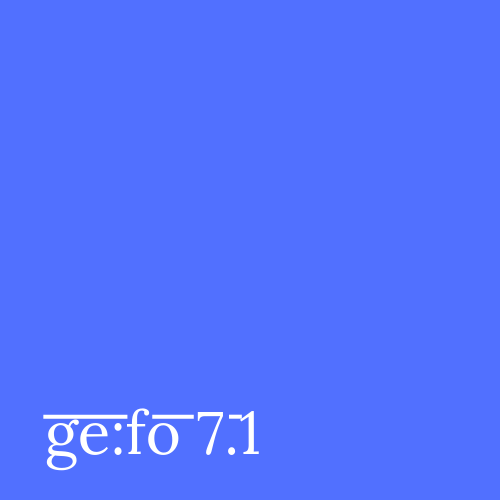Iconicity as a Doorway to a New Space: Lesser Known East German Women Writers in the Seventies and Eighties
DOI:
https://doi.org/10.18716/ojs/gefo/2008.3043Keywords:
east german, writers, iconicityAbstract
Christa Wolf, Anna Seghers, Irmtraud Morgner, Brigitte Reimann and Maxie Wander are not the only women who wrote in the former German Democratic Republic (GDR). Although these five are the most well-known of that country's female authors, their fame should not cause us to ignore the very varied corpus of unrecognised literature produced by East German women. I uncovered more than 350 names of women who lived, wrote and were (or at least tried to be) published in Eastern Germany between 1971 and 1989, i.e. the second half of GDR history or the "Honecker era" (Lequy 487). Among this multitude, I choose to concentrate here on the eight I find most interesting from the point of view of literary iconicity. Applying Peirce's semiotics, I distinguish successively between imagic, diagrammatic and metaphoric iconicity. All eight authors I selected for this paper explore and exploit the materiality of words. Thanks to the corporeality of language, they open a door to new literary and political dimensions. This paper aims at both showing which innovative aspects literary iconicity brings to the works of lesser known GDR female writers, and analysing which innovative aspects their works bring to the theme of iconicity.



